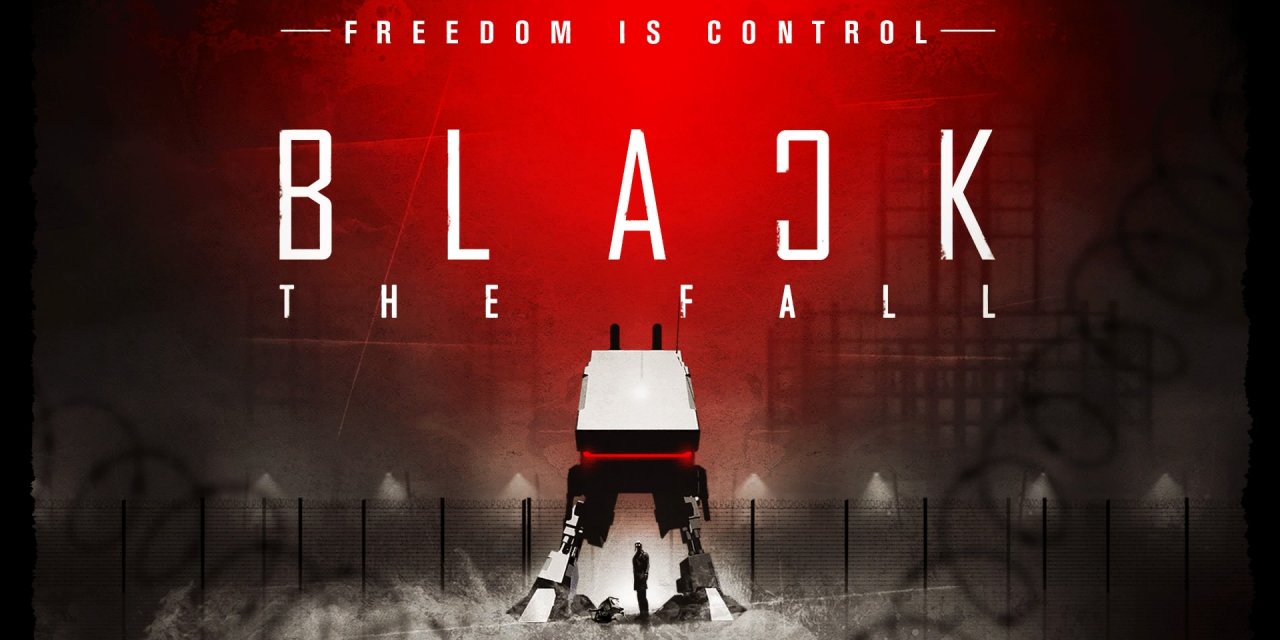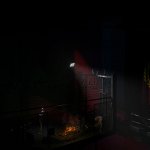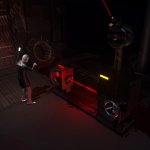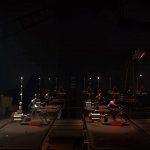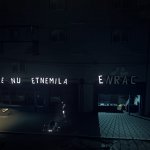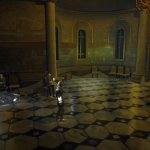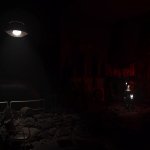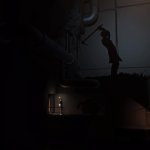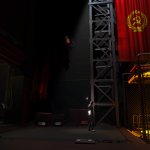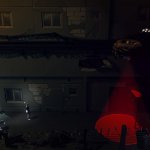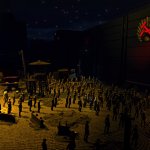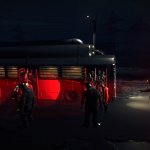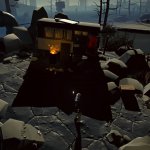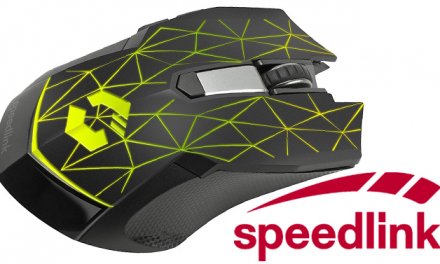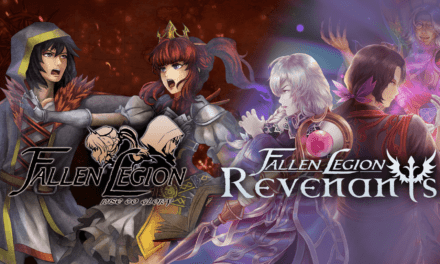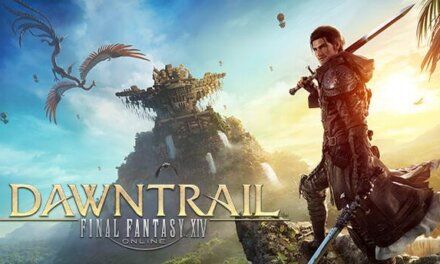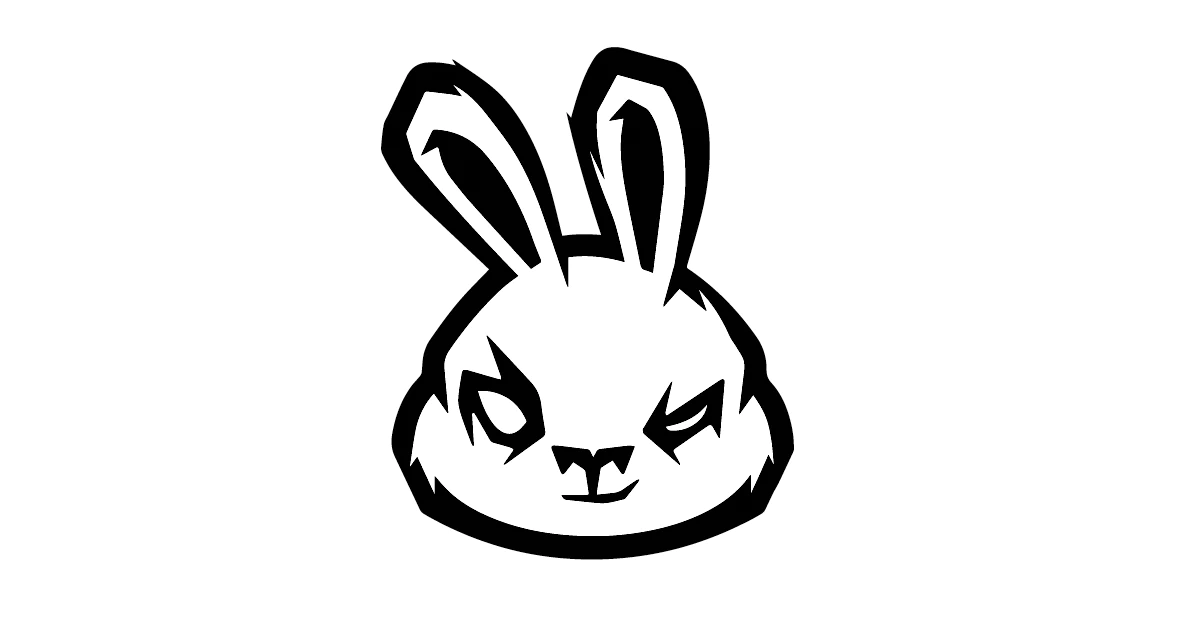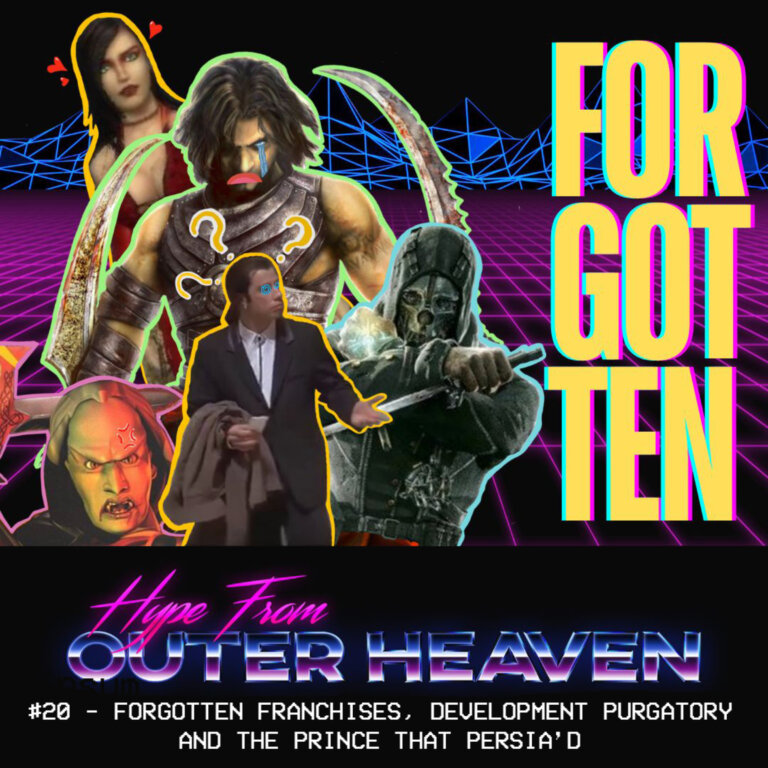In Soviet Russia, video game play you…
Hailing from Bucharest, Romania comes the brainchild of newcomer indie dev Sand Sailor Studio titled Black The Fall. Initially put on Kickstarter in late 2014, the game has since been backed by 1,669 backers totalling an impressive budget of £28,485 alongside going on to win six awards across the gaming conventions in 2016. Due for worldwide release on the 11th July 2017, I’ll be covering the Playstation 4 version of the game, going over the positive and negatives, and whether it’s worth parting with your money.
Read Daniel Scott’s PC review here.
Like many gamers worldwide, platformers were a large part of my childhood; with the likes of Pandemonium and Crash Bandicoot being the prime suspects in my case. As nostalgia-centric it is looking back at these games one thing becomes abundantly clear, that the gameplay style has always been directed at a younger audience, usually light-hearted in tone; this is something that upcoming indie title Black The Fall tackles with downright atmospheric potency. Black The Fall is billed as a “black and white stealth-platformer, set up in an alienated world” focusing on the struggle against a heavily corrupt political system. The core theme of the game is rebellion, fighting back against oppression even when it seems trivial and pointless. The game features no narrative in the traditional sense, opting more for a subtle representation of strong themes that are presented through the game’s dark and surreal environments, presenting a simple yet effective means of storytelling.
The game places you in the shoes of Black, an old school machinist whose entire existence is forced labour within an internment camp. After decades of slave labour, Black gets fed up of his situation and is poised to do something about it, with the second you step off the initial elevator Black makes a run for it. What follows is a desperate bid to escape from a regime that very reminiscent of days past, being mentioned by the developers that the main inspiration for the game came from Romania’s recent struggle against corruption in the last decade or two. Touching upon that, If there’s one thing that Black the Fall does well it’s atmosphere, with the tone of it changing at different points during the game. While initially the tone is positive as Black makes his way through the Labour camp, it shifts to an entirely different one as soon he reaches the outside; the dark environments are replaced with a bright but bleak post-apocalyptic world (similar to that seen in the Metro series) with the only signs of life being giant machines (reminiscent of Metal Gear Solid 4) scouring the landscape for any escapees; this is further reinforced by the soundtrack, which is devoid of any passion or hope, matching the aesthetic of the landscape perfectly.
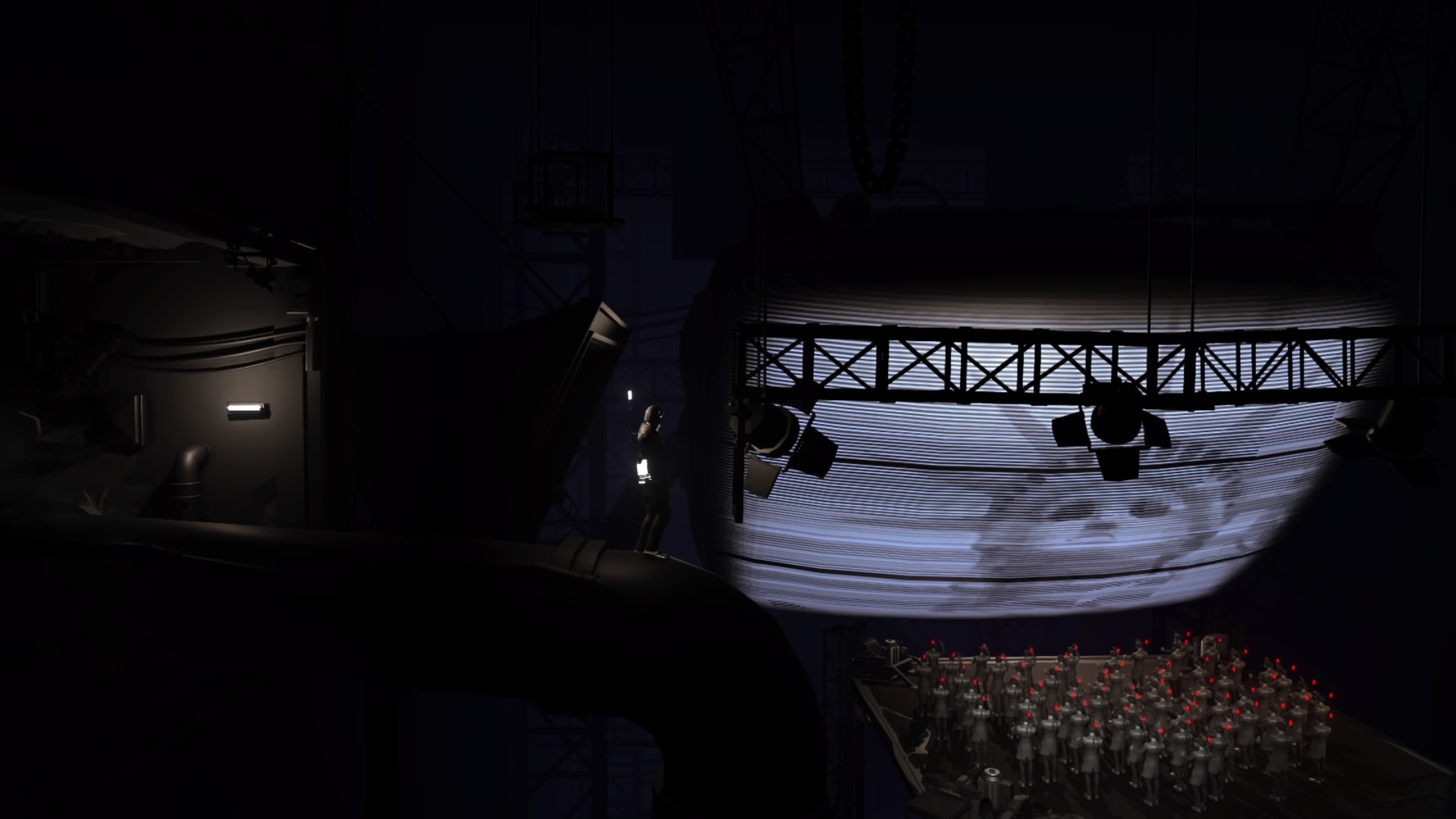
Consume, Conform, Obey: Black The Fall’s bleak, dystopian setting is a mimicry of Romania’s own struggle for freedom.
Performance wise, the PlayStation 4 version holds up extremely well, offering a solid 30fps in a crisp 1080p resolution;; the game feels and looks extremely good. On the other hand, being a two-dimensional side-scroller, gameplay is rather limited in Black The Fall, and the entire time I was playing I couldn’t help but shake the feeling that I was playing Oddworld: Abe’s Oddysee over the course of the 5 hour long game. Despite its technical shortcomings however, the game manages to make the most out of its minimalistic gameplay design by weaving the strong message that it tries to convey in its story into the gameplay as well. The gameplay is made up of sections, usually including a puzzle that must be solved in order to progress to the next area. The game holds a selection of features that allow Black to traverse the landscape and solve puzzles, with the main two being Black’s robotic companion and his designator tool, both of which keep the gameplay from becoming stale by mixing up the puzzles that are on offer.
As aforementioned Black The Fall’s core gameplay mechanics revolve around puzzles, some rather simple, some frustratingly difficult in nature. In the initial stages of the game the puzzles revolve around escaping the confines of the internment camp, with Black using a designator tool he finds on a dead guard to manipulate his fellow workers to operate machinery, eventually leading to his escape. Once Black escapes, the puzzles begin to get a bit more challenging, leading to some of the more frustrating parts of the game. Not long after getting outside Black is joined by a lone robot that slightly resembles a dog in nature, aiding him in his quest for freedom. The difficult puzzles are where the core message of rebelling against an imposing political force comes into play, with as soon you complete one of them and finally progress to the next area, you’re presented with another puzzle that is much more difficult than the last; this is effective in mimicking the struggle that one would face being placed in a scenario such as this, in what would undoubtedly be a mind shattering affair.
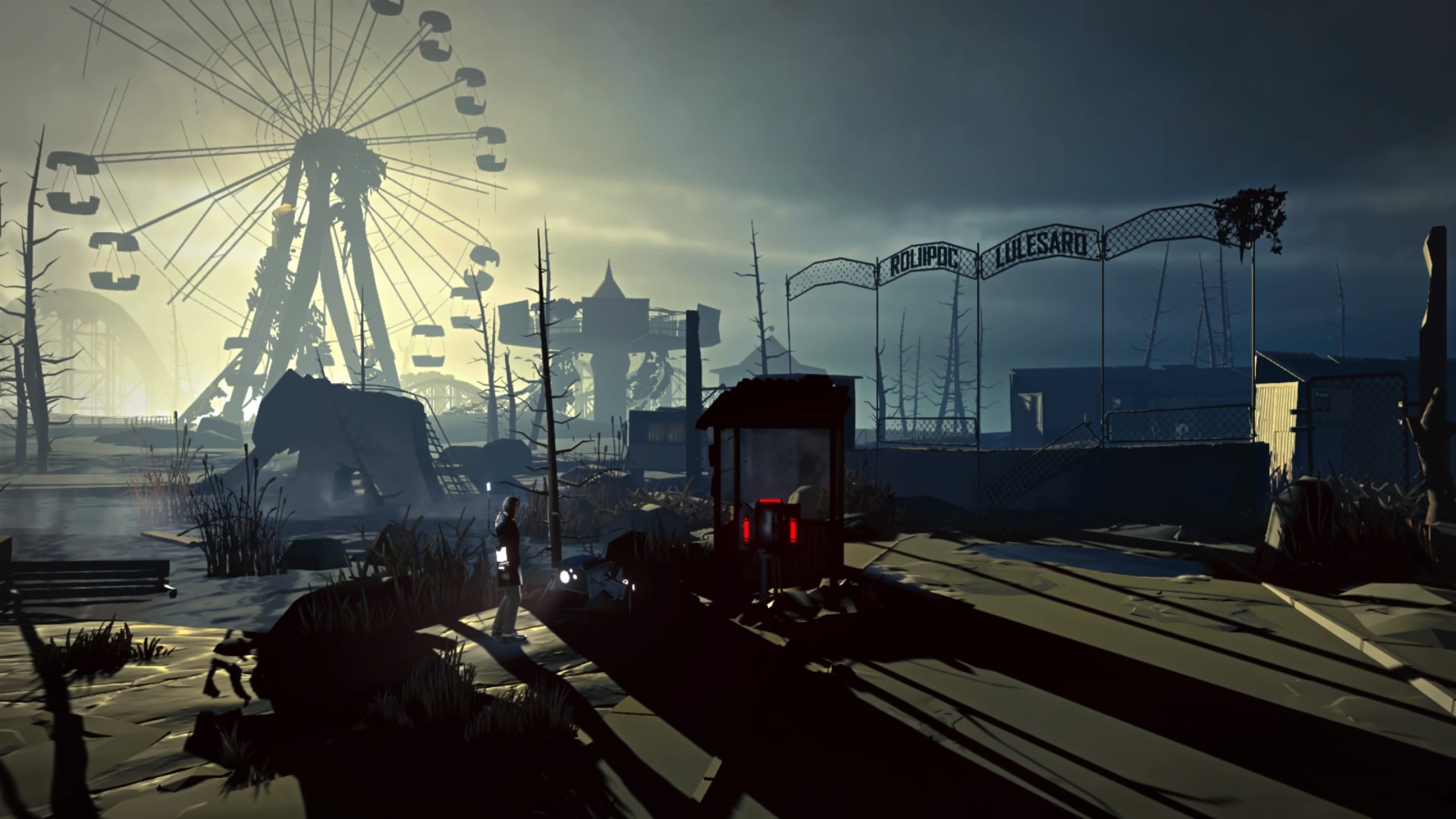
The vistas in Black the Fall offer a momentary relapse of what awaits Black should he succeed in his endeavour.
Black The Fall takes a lot of risks in its gameplay design as well as it’s core message; but risks are meant to be taken and thankfully for the most part this works in favour of Sand Sailor Studio, with Black The Fall being one of the more interesting and atmospheric indie titles that has been made available for the PS4 for a long time. Offering simplistic gameplay with eerie atmospheric environments alongside a message that people can only be oppressed for so long before fighting back, it’s safe to say that Black The Fall is a winner, and is definitely worth your time and money when it releases on the 11th July.
Also, be sure to check out Game Hype’s original interview with Sand Sailor Studio about Black The Fall which can be found here.

